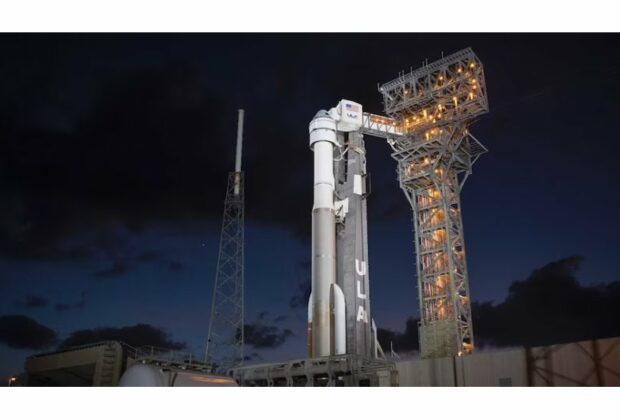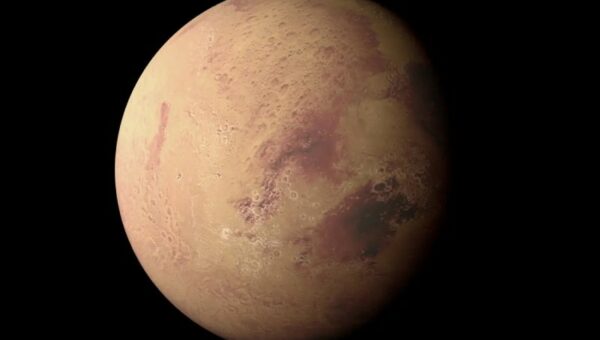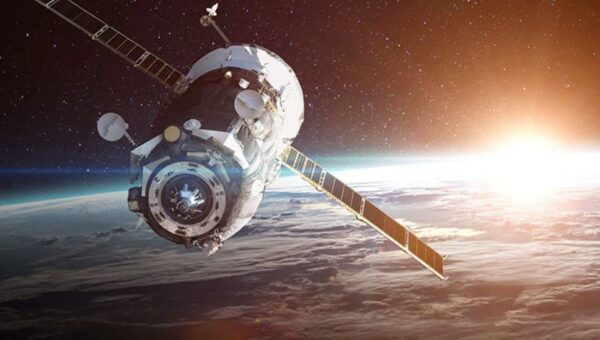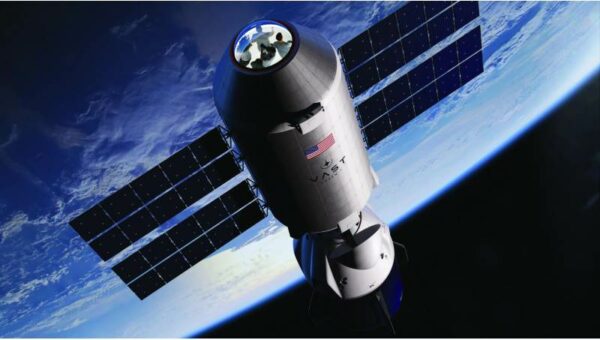Notwithstanding a “stable” leak in the spacecraft’s propulsion system, Boeing and NASA are still proceeding with the launch of the Starliner capsule, which is scheduled to transport American astronauts for the first time.
During a news conference on Friday, Mark Nappi, vice president of Boeing and head of the company’s Commercial Crew program, stated, “We are comfortable with the causes that we’ve identified for this specific leak.”
Nappi continued, “We know we can manage this [leak], so this is really not a safety of flight issue,”
As of right now, Boeing plans to launch their spacecraft with a crew on June 1; backup dates are June 2, June 5, and June 6.
The goal of the Starliner Crew Flight Test is to transport two NASA astronauts to and from the International Space Station prior to conducting normal missions, which will serve as the capsule’s last significant development test.
The launch of Starliner’s crew has been postponed for years because SpaceX has been using its Dragon capsule to regularly transport humans for NASA since 2020 as part of the agency’s Commercial Crew program. Due to Starliner difficulties, Boeing has already had to forgo $1.5 billion in costs, on top of almost $5 billion in NASA development money.
Two hours before liftoff on May 6, NASA and Boeing decided to cancel the launch attempt because of a problem they had discovered with the Atlas V rocket that will carry Starliner into orbit. Boeing and Lockheed Martin jointly own United Launch Alliance (ULA), which is responsible for the construction and management of Atlas V.
A ULA representative stated at the press briefing on Friday that the rocket’s malfunctioning valve was changed a week after the launch was rescheduled.
However, a “small” helium leak with Starliner was discovered after the launch attempt was canceled, prompting Boeing and NASA to start fresh evaluations of the capsule and its suitability for the trip. One of NASA’s highest ranking officials, Associate Administrator Ken Bowersox, told the media on Friday that “it’s taken a while for us to be ready to discuss” the helium leak issue.
“It’s so complicated. There’s so many things going on. We really just needed to work through it as a team,” said Bowersox.
Following investigation, NASA and Boeing have determined that a seal in one of the flanges of the spacecraft’s helium propulsion system is the source of the leak. Teams “have seen that the leak rate isn’t changing,” according to NASA’s Commercial Crew Program manager Steve Stich, following the May 6 postponement.
According to Stich, the strategy is to keep an eye on the leak before launch and reevaluate the amount of leakage after the spacecraft reaches the International Space Station.
Stich stated, “We don’t expect the other [seals] to leak, and I think that’s a confidence that we have,”
Additionally, Stich highlighted that NASA had previously “flown vehicles with small helium leaks,” citing “a couple of cases” from Space Shuttle and SpaceX’s Dragon flights.
On May 29, NASA, Boeing, and ULA will review the leak once more. For the June 1 attempt, they want to roll the rocket and capsule out to the launch pad on May 30.








